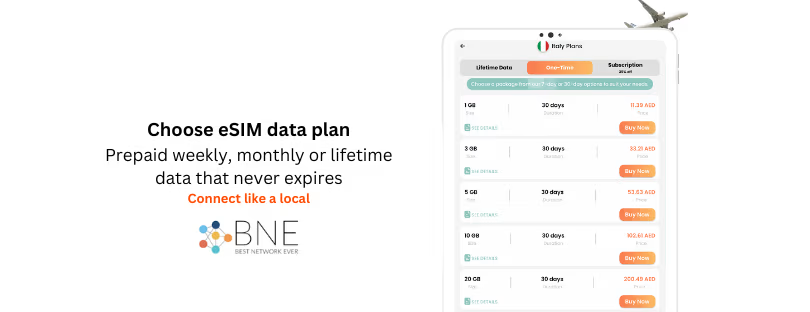
Austrian roaming data traffic increase 388% since RLAH
The trend of increased use is also apparent in the minutes of conversation. From the third quarter of 2016 to the third quarter of 2017, active roaming minutes increased from 88 million minutes to 139.5 million minutes, or about 58%. Passively, they increased from 66.5 to 79.3 million; that is 19%.
Explanation: “Active” means you call someone. “Passive” means one accepts a telephone conversation.

There is only a decline in the Austria roaming SMS, as end customers would prefer to resort to data-based messenger services.
MVNOs affected by higher volume increases
The domestic operators naturally feel the changed usage behavior of the customers. This is particularly pronounced in MVNOs, the “Mobile Virtual Network Operators”. These are providers who do not have their own mobile network and therefore rent into one of the major providers. MVNOs are likely to have very price-conscious customers. These apparently switched off data roaming more frequently before the entry into force of RLAH, but are now using it to the fullest. This is shown by the massive increase of 2.451% within this operator type, compared to the third quarter of 2016 in the same quarter of 2017.
When compared to average customers (taking into account the greater percentage of MVNO customer growth), MVNO average consumption was still more than three times higher than that of MNOs, ie operators with their own network.
MNOs, on the other hand, have many business customers who do not react so strongly to price changes. Even before RLAH, they regularly used their smartphones abroad. As a result, the increase in data volume between the two third quarters is much lower at 363%.
Even with voice and SMS roaming a similar, strong difference between the two types of operators can be observed.
Revenues of mobile operators collapse austria roaming
Consumers can now use their parcels (ie the minutes, SMS, and GB included in the monthly fixed fee) also in other EU countries without further charges. Only in exceptional cases can operators charge additional fees. Therefore, additional roaming revenues in the EU are no longer relevant (exemptions are on the one hand, the fair use policy or on the other hand, the viability clause of the Roaming Regulation, where, after successful application, operators continue to charge a markup to the national price if otherwise life-threatening, economic damage would result.).
In data roaming, for example, end-user revenues for Austrian operators fell from just under 10 million euros in the third quarter of 2016 to around 260,000 euros in the same quarter of 2017. That’s about 97% less.
Explanation: Roaming services revenue consists of revenue from alternative roaming tariffs or surcharges that can be offset for the reasons stated above.
Significantly at a disadvantage here are MVNOs. Because they do not have their own networks and thus cannot handle roaming traffic from foreign numbers and continue to bill them, they lack the opportunity to achieve sales here. They have to come to terms with the downside of high payouts as revenues decline.









